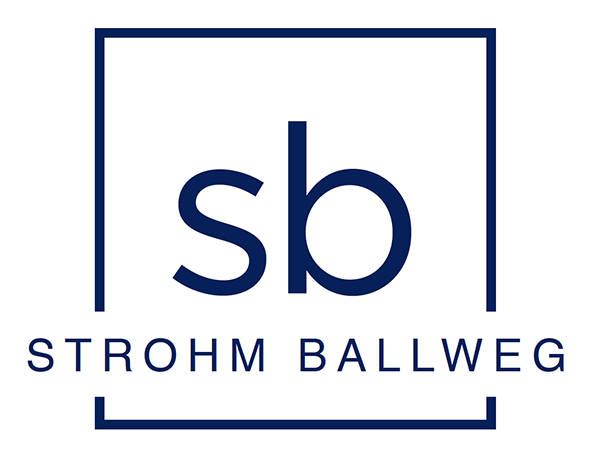26 Sep Insurance Insights – September 2022 Edition
NAIC Updates/Adoptions
Group Capital Calculation – All Company Groups
The NAIC adopted the Group Capital Calculation (GCC) template, instructions, and proposed revisions to the Insurance Holding Company System Act and Regulation to implement the filing of the GCC with the lead state commissioner. This milestone completes a project begun in 2015. The GCC will leverage NAIC RBC requirements at the legal entity level, as well as existing requirements from banks and other jurisdictions. The purpose of the GCC is to help regulators evaluate solvency at the group level, since current insurance capital requirements are focused exclusively at the insurance entity level. State legislatures and insurance departments can now begin to adopt the Holding Company System Act revisions. The goal of the NAIC is to have the GCC fully in place by year end 2022. The Holding Company Amendments are currently before the NAIC’s accreditation committee, with an exposure period that ends December 31, 2022, and an accreditation deadline that would result in an effective date of January 1, 2026. However, regulators are encouraging states to adopt the GCC portions by November 7, 2022.
Who must file: All insurance holding company groups subject to the Insurance Holding Company System Model Regulation must make an initial filing with the lead state regulators on a confidential basis. An important exemption applies if an insurance holding company system has only one insurer within its holding company structure, and only writes business, and is only licensed in its state of domicile, and assumes no business from any other insurer. Other exceptions include if a GCC is filed with either the Federal Reserve Board or is filed in a Reciprocal Jurisdiction outside of the U.S. While the Holding Company Amendments, as adopted, require a group to file an initial GCC before seeking an exemption from further filings, a different version of the Amendments was presented to the NAIC’s accreditation committee (which individual state legislatures may adopt). This alternative version allows regulators to grant exemptions to groups otherwise meeting certain qualifications, even where the group has not previously filed a GCC. Thus, as states amend their holding company act statutes, they may decide to apply this alternative and broader exemption. The holding group can request an exemption from filings from their lead state, but there are various requirements to request this exemption, including having written premium of less than $1B.
Which companies must be included in the filing: All entities within the group in alignment with the Insurance Holding Company System Model Regulation – Schedule Y should be the starting point. Seven types of entities are described and have various rules for capital and capital requirement calculations:
1. US Insurer
2. Non-US Insurer
3. US Captive Insurer
4. US Insurer not subject to RBC
5. Non-insurer financial entities subject to regulatory capital requirements
6. Non-insurer financial entities not subject to regulatory capital requirements
7. Non-insurer/non-financial entities (including non-operating holding companies)
Filers can work with Lead-State regulators to reduce or limit the scope of entities.
Action needed: Insurer groups should:
- Determine if the lead state has adopted NAIC Rules on GCC.
- Contact the lead state regulator to understand the scope of application and if exemptions can be granted for your company. Although your company may qualify for the exemptions noted above, it is essential to reach out to the lead state to verify as lead state regulator retains the discretion in evaluating the exemption qualification. Different states are adopting different exemption criteria.
- Review the GCC template and instructions to become familiar with them, and consider the following:
-
- Determine which entities will need to be listed separately and have a plan to discuss exclusion of entities that do not pose a material risk with the lead state regulator once filing requirements are finalized (mainly type #6 & #7 entities). Insurance agencies are considered type #7 per the NAIC’s Q&A issued on August 16, 2021.
- Entities that are required to be listed separately will need to be “de-stacked” (removed from capital and capital requirements) from the parent company and have separate calculations for capital and capital requirements. The starting point for insurance companies will be the individual company RBC filings, after eliminating the impacts from any downstream subsidiaries that are listed separately.
-
The GCC Instructions, State Adoption Maps, and draft Template can be found here.
Updates from Summer NAIC Meeting
Statutory Accounting Principles Working Group – All Company Types
At the summer National NAIC meeting, SAPWG adopted clarifying language in SSAP #48, Joint Ventures, Partnerships and Limited Liability Companies that the US tax basis equity audit must have been done at the investee level.They also exposed the following revisions to bond reporting investments:
-
- Proposed reporting lines to capture issuer credit obligations and asset-backed securities on Schedule D, Part 1.
- Proposed new Schedule D Part 1, Section 1 to report investments included in SSAP #26, Bonds, and Schedule D Part 1, Section 2 that would report asset-backed securities falling in the scope of SSAP #43R, Loan-Backed and Structured Securities.
- NAIC staff also exposed revisions to SSAP #21R, Other Admitted Assets, to clarify that an asset pledged as collateral must qualify as an admitted invested asset for a collateral loan to be admitted.
Blanks Working Group – All Company Types
The Blanks Working Group added a new reporting requirement in the investment schedules for investments with related parties, effective for year-end 2022. The new electronic only column identifies investments issued by a related party or acquired through a related party transaction or arrangement, even if the specific affiliate definition has been met. You will need to enter numeric codes identifying the role of the related party. The codes will be defined in the instructions.The Blanks Working Group also added four new electronic only columns to Schedule D, Part 6, Section 1, Valuation of Shares of Subsidiary, Controlled or Affiliated Companies, for Prior Years Book/Adjusted Carrying Value, Prior Year Non-Admitted Amount, Prior Year Sub-2 Verified Value, and Prior Year VISION Filing Number. This is intended to identify for regulators that the Sub-1 and Sub-2 filings have been made as well as where the NAIC approved value varies from the value reported on Schedule D, Part 6.1.
Finally, the Group updated the AVR factors to correspond to the adopted RBC for the expanded bond designation categories.
Valuation of Securities Task Force – All Company Types
The Valuation of Securities Task Force adopted the proposal to increase the RMBS/CMBS thresholds and price breakpoints from 5 to 19 to better align with the new RBC factors. This is effective for year-end 2022. The SVO is recommending adding data fields to Schedule D, Part 1 for all securities that fall in the scope of SSAP #26R and SSAP #43R to measure a security’s risk. The fields would include – Market Yield, Market Price, Purchase Yield, Weighted Average Life, Spread to Average Life UST, Option Adjusted Spread, Effective Duration, Convexity, and VISION Issue ID.
Strohm Ballweg New Employee and Promotion
SB is excited to announce a new addition to our SB team, and a well-deserved promotion! We welcome (back) Hannah Caygill, who interned with us during the summer of 2021 and is a recent graduate of UW-LaCrosse, as a Staff Accountant.
Effective September 1st, Payton Wright, CPA, was promoted to Senior Accountant. Congratulations on your promotion, which recognizes and rewards her dedicated and capable service to our clients!






